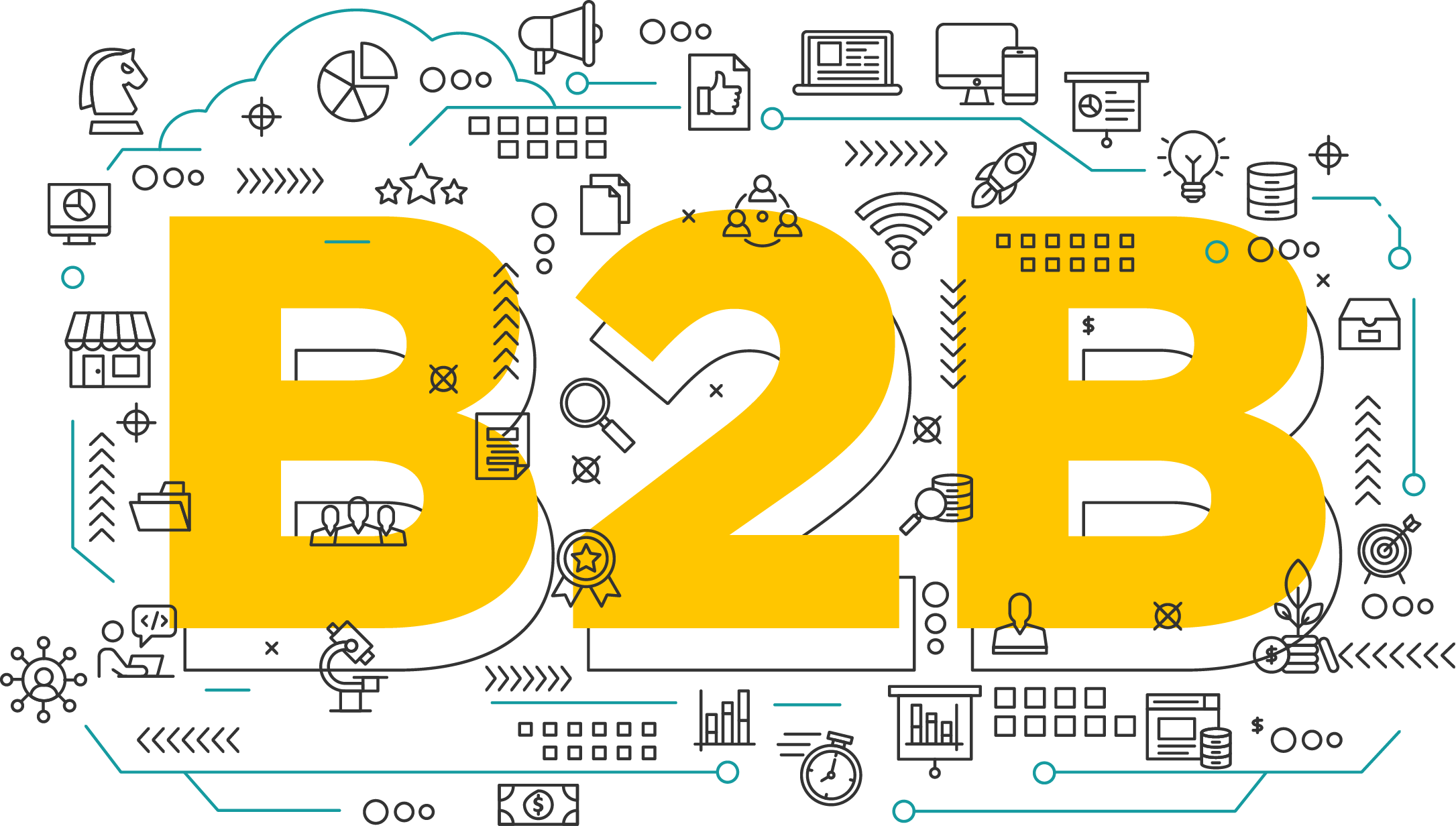
eCommerce on Steroids: The Unique Challenges of Building a B2B Website

As an eCommerce consulting firm with major clients in both the B2C and B2B worlds, a major component of our training program for new hires focuses on the key differences between these two spaces. Employees fresh out of college, or coming from non-eCommerce backgrounds, can easily overlook just how different two websites with similar goals can be. While we won’t be publishing those training materials (not yet, anyway), we’ve come to realize that certain misconceptions surrounding B2B websites exist even for retailers, which can impact their decision making when developing an online strategy, vetting development partners, or considering additional site features.
Make no mistake: the differences between B2C and B2B eCommerce are far more consequential than the simple matter of who’s buying for whom. At Avatria, we find it useful to think of B2B eCommerce as B2C on steroids—building a site that can succeed in B2B is not the same as building a site that sells straight to consumers. Failing to recognize the differences can lead to unrealistic expectations, blown budgets, and development nightmares.
For an established brick & mortar B2B business starting down the online path, a traditional B2C retailer pivoting towards a new market, or even an established brand looking for ways to improve its online experience, there are key considerations to keep top of mind. Here are some of the most crucial.
User Management
Since the primary distinction between B2C and B2B eCommerce lies in who does the buying, it comes as no surprise that one of the largest technical differences between the two types of sites lies in feature sets surrounding their users. Many B2C sites allow customers to create accounts in which they can save credit cards, view past order histories, and more. However, guest checkouts are still extremely popular, accounting for up to 53% of mobile revenue share.
For B2B eCommerce, on the other hand, guest checkout is usually not an option, which presents unique technical challenges. For B2B sites, there are often two layers of accounts: business (company) accounts, and then individual user accounts associated to a business. As a result, you may need to create advanced permission rules governing which users can perform which tasks. Not only do you need an account hierarchy to accommodate these requirements, you’ll likely need to build more complex user interfaces to manage everything. And frankly, this is just the tip of the iceberg. Once you get done figuring out how to support registration/purchase approvals and multi-business accounts, implementing a single-sign-on integration will seem simple by comparison.
Site Experience & Product Data
In terms of site experience & product data, being a B2B business changes everything.
For starters, it’s no simple task to build a site that adapts its catalog to every unique user. If you intend to display different pricing and product selection/availability depending on the user—which you probably do—you’ll need to build out a taxonomy to assure that the right information is always available. And if our experience is any guide, the customizations probably won’t end there. Surfacing products in preferential orders, incorporating custom design elements, white-glove support services—new requirements are always just beyond the horizon, and your systems need to be flexible enough to support features you haven’t foreseen. Keep in mind that these aren’t just frontend or even backend problems; having the right data management processes in place is absolutely essential, and these can be quite different from the challenges a standard B2C site faces.
Site experience is also about customer behaviors, and the tendencies of users of a B2C site are far different than those in the B2B world. For one, B2B users tend to come to a site with a purpose. They typically know exactly what they want, often down to the part number. This makes having a robust and well-tuned search solution an absolute necessity, even for precise keywords with minimal search volume. If your users can’t find what they’re looking for, they’re not going to settle for something else. On the flip side, product discovery-based tools are likely to have less of an impact. Common B2C features such as recommendation widgets, upsell/cross-sell offers, and personalization tools are no longer the no-brainers they are for other sites.Additionally, different buyer motivations and massive catalog sizes may make high-quality product photography and multimedia less of a necessity or unrealistic, which will impact site design.
That said, B2B buyers are becoming more and more tech savvy all the time, and increasingly expect B2C-like shopping experiences. You can’t simply write off user-focused design and experience features, which makes striking the right balance between flexibility, friendliness, and functionality critically important. Finding this harmony is a key challenge, and where teams without extensive B2B experience frequently misstep.
Ordering, Shipping, & Invoicing
Finally, when it comes to order management, B2B sites often feature requirements that would be foreign to a classic consumer retail experience.
In addition to the order approval feature mentioned above, many B2B sites need to support “PunchOut” capabilities, where carts are assembled on the site, but transmitted elsewhere to complete the transaction. Many of these integrations are complex, as they require the system interfaces with an external procurement system.
Shipping interfaces may also differ. Many B2B customers don’t have the ability to change a shipping address, which will have an impact on your checkout flow. Likewise, with B2B customers less sensitive to shipping schedules and costs, shipping integrations that predict or optimize these elements may not be the conversion booster they are for consumers.
Lastly, invoicing and payment is very different in the B2B world than it is for B2C. While B2C systems rarely need to support invoicing or delayed payment options, they’re standard features of B2B sites. And when these items do come into play, not only do they create new system components that need to be built, tested, and released, you’ll also need to create business rules to assure that the terms set in a contract are being honored by your system.
Conclusion
If you’re a B2C brand looking to enter the online B2B space, we hope this gives you an overview of some of the complexities B2B sites face. Many brands find success in both worlds, but doing so requires thoughtful recognition of the unique needs associated with each.
Danger sets in when a brand assumes that past success in the B2C world equates to success in the B2B one. Be wary of development partners with minimal B2B experience who assume that their existing know-how will translate neatly to your needs. This is how you end up with a project months overdue, budgets long since exhausted, and subpar work.
Avatria has experience building sophisticated websites for Fortune 500 B2B customers. If you need help building one of your own, contact us today.